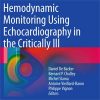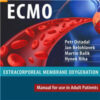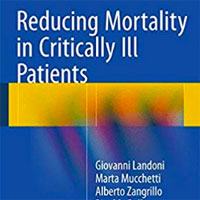Oxygen Therapy and Noninvasive Respiratory Supports in Acute Hypoxemic Respiratory Failure
annalsofintensivecare.springeropen.comWhereas oxygen supplementation should be initiated for patients with acute hypoxemic respiratory failure defined as PaO2 below 60 mm Hg or SpO2 < 90% on room air, HFNC should be the first-line noninvasive respiratory support in patients with PaO2/FiO2 ≤ 200 mm Hg with increased respiratory rate. Further studies are needed to assess the potential benefits of CPAP, NIV through a helmet and awake prone position in patients with acute hypoxemic respiratory failure not related to COVID-19. According to the expert panel, acute hypoxemic respiratory failure was defined as PaO2 < 60 mm Hg or SpO2 < 90% on room air, or PaO2/FiO2 ≤ 300 mm Hg. Supplemental oxygen should be administered according to the monitoring of SpO2, with the aim at maintaining SpO2 above 92% and below 98%. Noninvasive respiratory supports are generally reserved for the most hypoxemic patients with the aim of relieving dyspnea. High-flow nasal cannula oxygen (HFNC) seems superior to conventional oxygen therapy (COT) as a means of avoiding intubation and may therefore be should probably be used as a first-line noninvasive respiratory support in patients requiring more than 6 L/min of oxygen or PaO2/FiO2 ≤ 200 mm Hg and a respiratory rate above 25 breaths/minute or clinical signs of respiratory distress, but with no benefits on mortality.

















